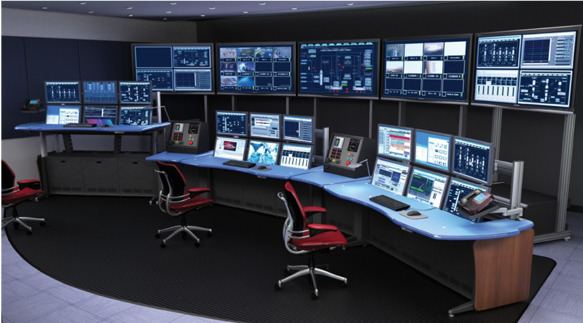 | ||
A control room, operations center, or operations control center (OCC) is a room serving as a central space where a large physical facility or physically dispersed service can be monitored and controlled. A control room will often be part of a larger command center.
Contents
- Control room video training series granite production switcher part 1 basic concepts overview
- Overview
- Examples of control rooms
- Special hazards and mitigation
- Design
- In popular culture
- References
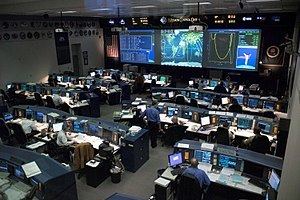
Control room video training series granite production switcher part 1 basic concepts overview
Overview
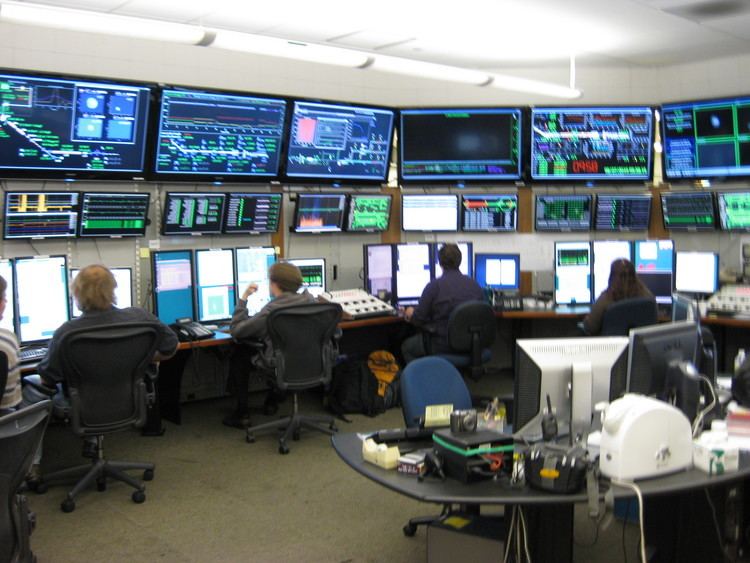
A control room's purpose is production control, and serves as a central space where a large physical facility or physically dispersed service can be monitored and controlled. Central control rooms came into general use in factories during the 1920s.

Control rooms for vital facilities are typically tightly secured and inaccessible to the general public. Multiple electronic displays and control panels are usually present, and there may also be a large wall-sized display area visible from all locations within the space. Some control rooms are themselves under continuous video surveillance and recording, for security and personnel accountability purposes. Many control rooms are manned on a "24/7/365" basis, and may have multiple people on duty at all times (such as implementation of a "two-man rule"), to ensure continuous vigilance.
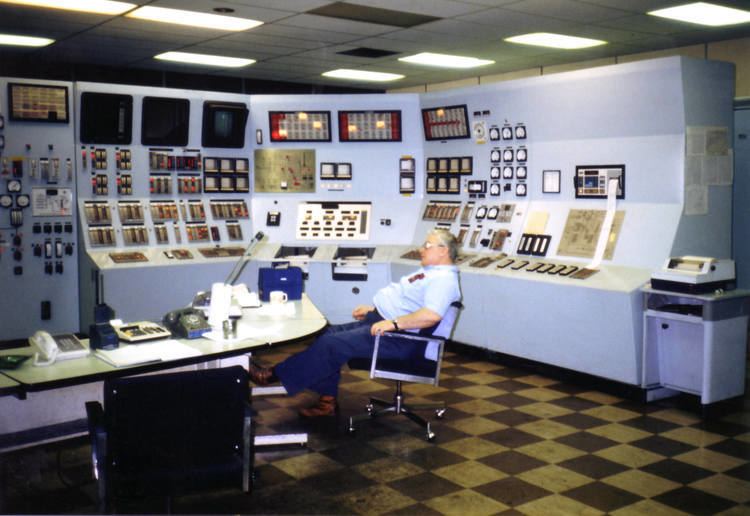
Other special-purpose control room spaces may be temporarily set up for special projects (such as an oceanographic exploration mission), and closed or dismantled once the project is concluded.
Examples of control rooms
Control rooms are typically found in installations such as:
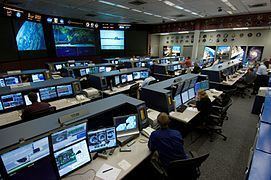
The control room concept is also used in non-emergency contexts:

Special hazards and mitigation
Control rooms are usually equipped with elaborate fire suppression and security systems to safeguard their contents and occupants, and to ensure continued operation in emergencies. In hazardous environments, the control room may also serve as an area of refuge for personnel trapped onsite. The rooms are typically crammed with equipment, mounted in multi-function rack mount cabinets to allow updating. The dense concentration of equipment often requires special electrical uninterruptible power supply (UPS) feeds and air conditioning.
Since the control equipment is intended to control other items in the surrounding facility, these (often fire-resistance rated) service rooms require many penetrations for cables. Due to routine equipment updates these penetrations are subject to frequent changes, so that a control room maintenance program must include vigilant firestop maintenance for code compliance.
Due to the nature of the sensitive equipment inside control room cabinets, it is useful to ensure the use of "T-rated" firestops, that are massive and thick enough to resist heat transmission to the inside of the control room. It is also common to place control rooms under positive pressure ventilation to prevent smoke or toxic gases from entering. If used, gaseous fire suppressants must occupy the space that is to be protected for a minimum period of time to be sure a fire can be completely extinguished. Openings in such spaces must, therefore, be kept to a minimum to prevent the escape of the suppression gas.
A mobile control room is designated as particularly in high risk facilities, such as a nuclear power station or a petrochemical facility. It can provided a guaranteed life support for the anticipated safety control.
Design
The design of a control room incorporates ergonomic and aesthetic features including optimum traffic flow, acoustics, illumination, and health and safety of the workers. Ergonomic considerations determine the placement of humans and equipment to ensure that operators can easily move into, out of, and around the control room, and can interact with each other without any hindrances during emergency situations; and to keep noise and other distractions to a minimum.
In popular culture
Control room scenes dealing with crisis situations appear frequently in thriller novels and action films. In addition, a few documentaries have been filmed with scenes in real-life control room settings.
